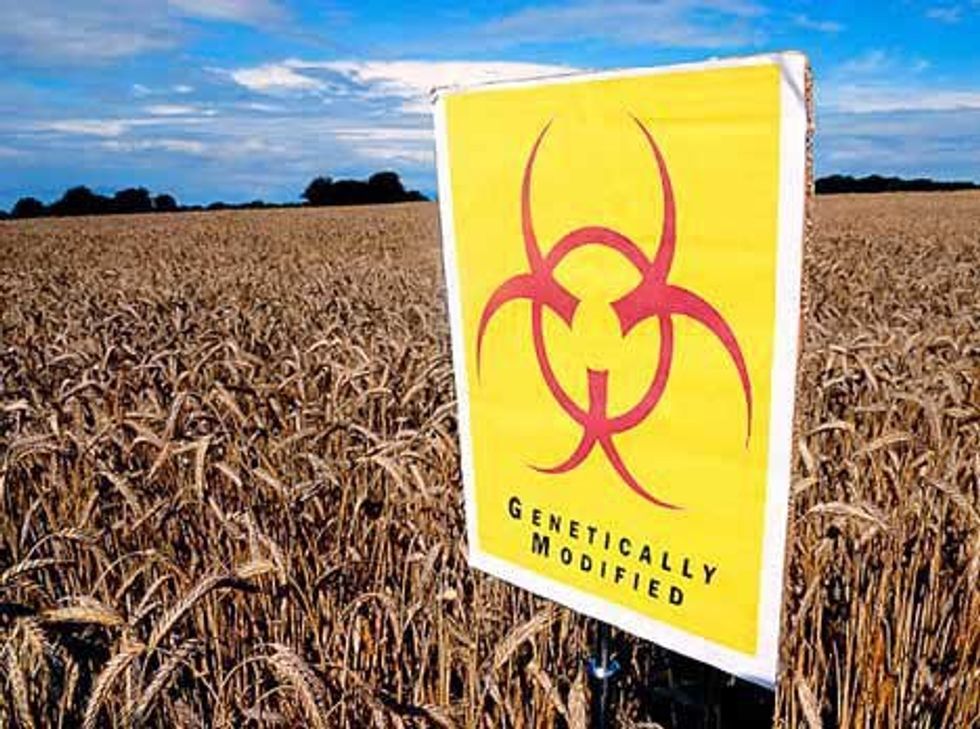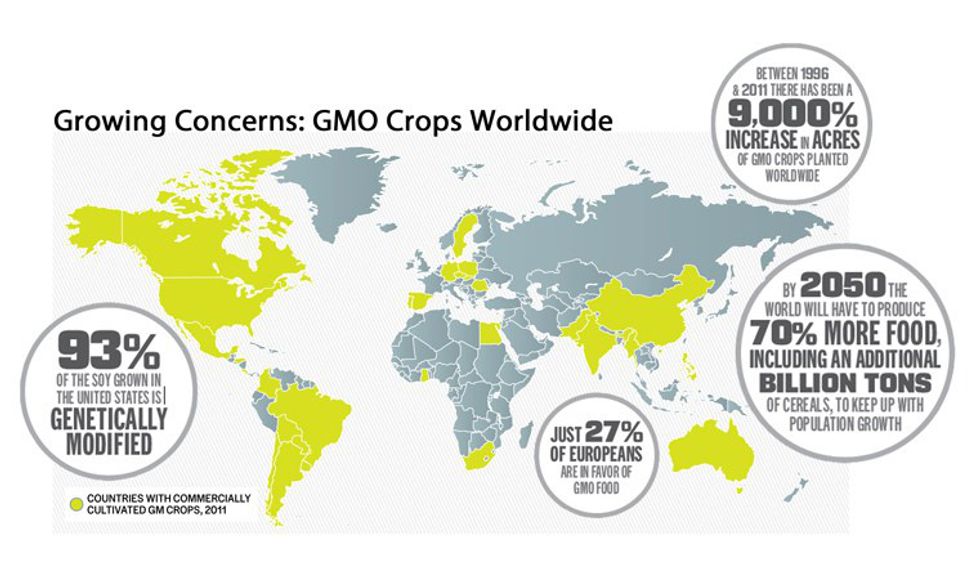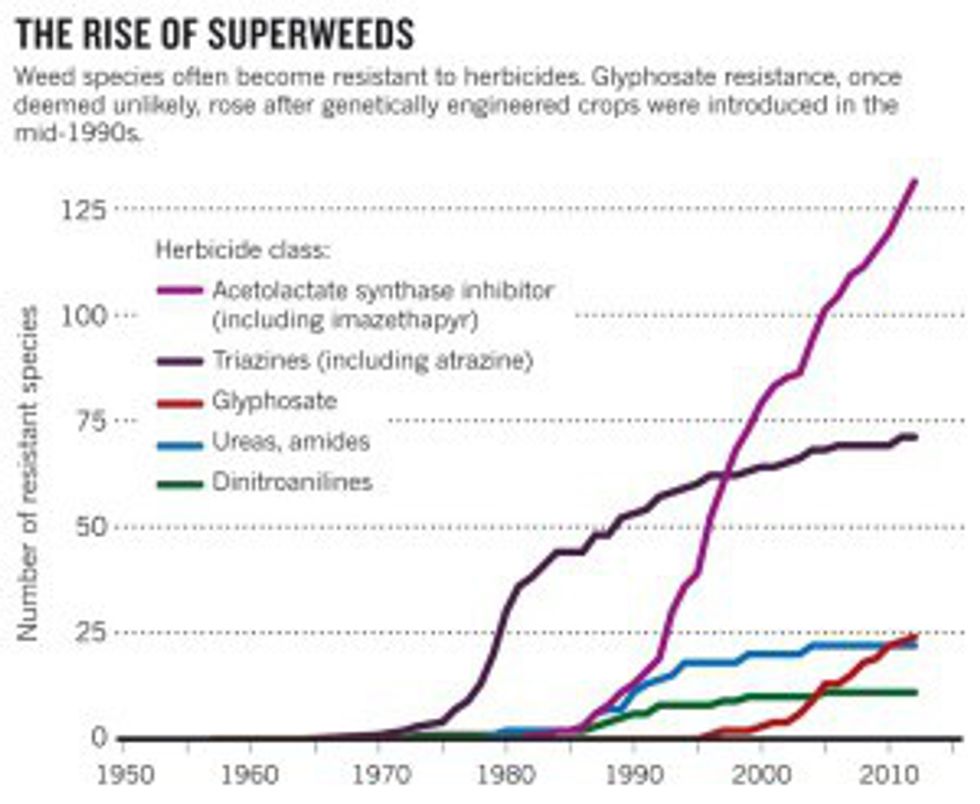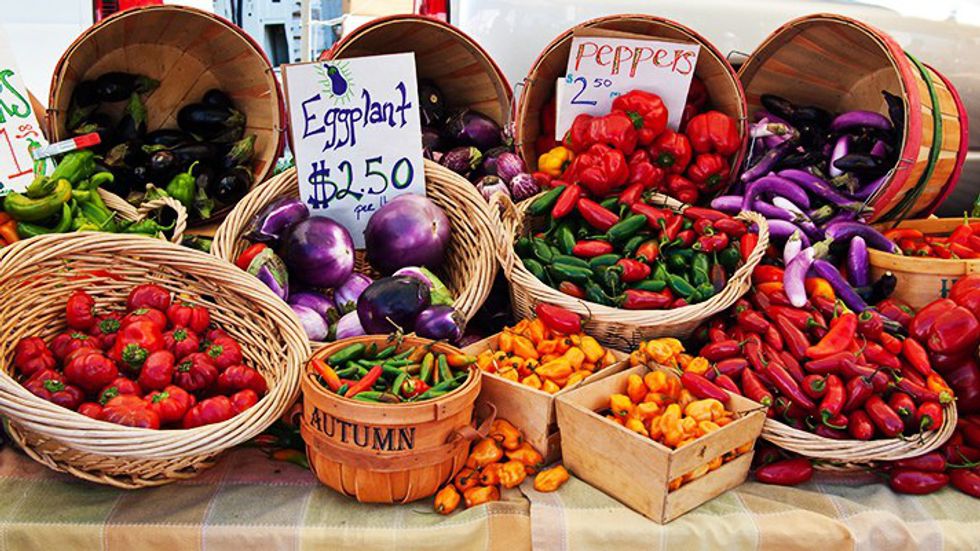Genetically modified crops, these sound familiar, right? A crop is considered genetically modified if its genetic material has been changed to produce more desirable traits or to remove undesirable traits (Miller and Spoolman, 285). Do people realize how many of these are consumed each day, how prominent they are in our lives? I’m sure these statistics will prove to be surprising.
Genetically modified organisms are unhealthy, both for humans and the environment. It is not healthy to eat these foods, and their impact is far reaching and affects all people personally. The U.S. Department of Agriculture claims that over 80% of the food products typically found in U.S. markets include some type of genetically engineered food (Miller and Spoolman, 285).
These crops can have unpredictable genetic or ecological effects. Not only do genetically modified crops cause freshwater to be removed from aquifers and the soil to erode, but also their short history leaves a lot of potential dangers unknown (Miller and Spoolman, 287). The interaction of these crops with other organisms, both plants and animals, has a very dangerous potential to harm the delicate ecosystem and biodiversity of Earth.
By growing genetically modified crops, farmers are promoting pesticide-resistant insects, herbicide-resistant weeds, and other types of plant diseases. These new “superplants” could out-compete domestic plant life. In one instance, a type of weed is now able to grow to over 2 meters in height due to its resistance to herbicides (Miller and Spoolman, 293).
Growing these crops disrupts the seed market and reduces the biodiversity of plants. Releasing these modified crops into the environment will greatly impact the delicate balance of the ecosystem. These crops can damage domestic crops and outcompete them, thus replacing organic plant life with modified organisms.
A bright side of genetically modified organisms is their resistance to insects, diseases, frost, droughts, and their faster growth. However, this positive does not outweigh the negative effects of genetically modified crops. The resistance of these crops can trigger unprecedented diseases for humans such as diabetes or heart disease (Miller and Spoolman, 293).
Consumers have the option and the power to purchase genetically modified foods or not. An easy solution to stop the spread and expansion of these crops is to refuse to buy them, and buy organic crops instead. Another option is to have a small vegetable garden or purchase from local, organic farms at farmers markets.
Overall, genetically modified crops have dangerous implications that humans have not yet had to deal with. The implications are enormous and when there is a choice, consumers need to make wise decisions and understand that their choices matter and in make a difference. Go on and choose organic foods and educate others on the disadvantages and harm of eating genetically modified foods for not only human health, but also the health of Earth.
Miller, G. T., and S. E. Spoolman. Living in the Environment, Eighteenth Edition. Stamford: Cengage Learning, 2015. Print.
























